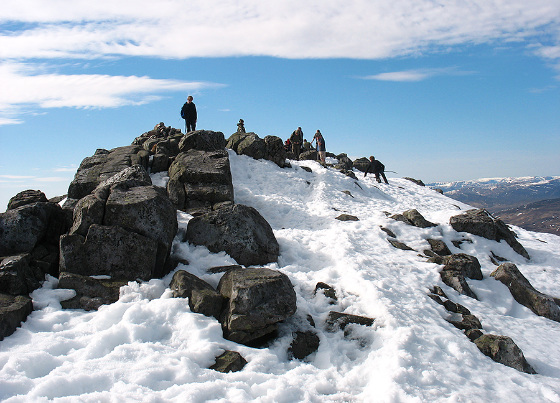
One way to understand the complete stance is through similarities and differences from peak experiences. Religious experiences such as “enlightenment” or being “born again” are the prototypes. Secular peak experiences may also be induced by mountains or oceans, music or art, sex or drugs.
Words used to describe peak experiences overlap with ones I use to describe textures of the complete stance. Some are wonder, richness, reverence, wholeness, aliveness, simplicity, playfulness, effortlessness, spontaneity, ecstasy, creativity—and completion itself!1 The feelings of peak experiences overlap extensively with the complete stance—but the two are not at all the same.
Peak experiences are rare, extremely intense, and non-conceptual (“ineffable”). Typically they occur spontaneously, with no clear cause. Some circumstances are conducive: mountains, rituals, and concerts, for instance. None of these reliably produce peak experiences, though.
Peak experiences can be transformational, radically reworking one’s routine relationship with meaningness. They can trigger rapid personal development. However, most fade to vague treasured memories instead. That may motivate unsuccessful, increasingly desperate or even destructive attempts to recapture the effects of the experience by repeating what you mistake for the original cause.
The complete stance shares much of the texture of peak experiences, but is quite different too:
- It is a stance, not an experience: a way of being in the world, not mainly a subjective feeling
- As a way of thinking and acting, it has extensive conceptual content
- When stabilized at least somewhat, it is an everyday occurrence, not rare
- It is not typically intense—although it does not exclude intensity, and may involve strong feelings, especially at first
- It can be entered into deliberately, through rational, explainable methods, not dependent on lightning strikes or divine grace
- It must be cultivated through reflection over many years, and typically doesn’t manifest until you are at least twenty-eight,2 whereas peak experiences often occur in one’s teens or childhood, without specific preparation.
The complete stance can have transformational benefits similar to peak experiences, though it is more gradual. The two also seem to be mutually enabling and mutually illuminating. Peak experiences give brief but memorable exposure to the feelings of the complete stance, which makes it easier to identify in everyday life. The complete stance makes textures familiar and easily accessible, so when intensity occurs, it is more likely to produce a peak experience instead of turbulent emotional confusion.
Abraham Maslow introduced the term “peak experience” in his 1964 Religions, Values, and Peak-Experiences; it remains the indispensable work on the topic. He drew heavily on William James’ 1917 Varieties of Religious Experience, also still a must-read. Both books are dated in language and ideology, but packed with insights we might do well to recover.
In the last year of his life, knowing he was near death, Maslow began developing a new concept of “plateau experience.”3 The way he explained the contrast between plateau and peak experiences is quite similar to the comparison I made here between the complete stance and peak experiences. Relative to peak experiences, the plateau is more cognitive; calmer, less intense and emotional; everyday, not rare; and achieved by years of deliberate work rather than unexpected grace.
The previous page described unhelpful emotional reactions to words I use in describing the complete stance: wonder, richness, playfulness, effortlessness, and elation, for example. These may evoke wistful memories of peak experiences, or dubious stories you’ve heard about them. They might give the misimpression that the complete stance, if it existed, would have to be very special, extraordinary, nothing like real life. Negative emotional reactions to that might be justified. This comparison with peak experiences may help dispel the misunderstanding that leads to those.
The complete stance is usually no big deal. It’s not an overwhelming emotional orgasm with choirs of angels and blinding white light.4 It’s quite natural, straightforward, and sensible.
- 1.All these descriptive terms are from Abraham Maslow’s Religions, Values, and Peak-Experiences, the classic text on the topic.
- 2.Just anecdotally, 28 is the magic number; many people have told me that’s when it started to make sense for them. I’ve no idea why, or whether this would hold up in a more rigorous empirical investigation.
- 3.There’s a summary in the Preface he added to Religions, Values, and Peak-Experiences in 1970. His other statement is in “The plateau experience: A. H. Maslow and others,” Stanley Krippner, editor, Journal of Transpersonal Psychology, 4, pp. 107–120. A useful review of subsequent work is Nicole Gruel’s “The Plateau Experience: An exploration of its origins, characteristics, and potential,” Journal of Transpersonal Psychology, 2015, Vol. 47, No. 1, pp. 44–63.
- 4.Not that there’s anything wrong with overwhelming emotional orgasms, choirs of angels, or blinding white light. Nice place to visit, although I wouldn’t want to live there.
